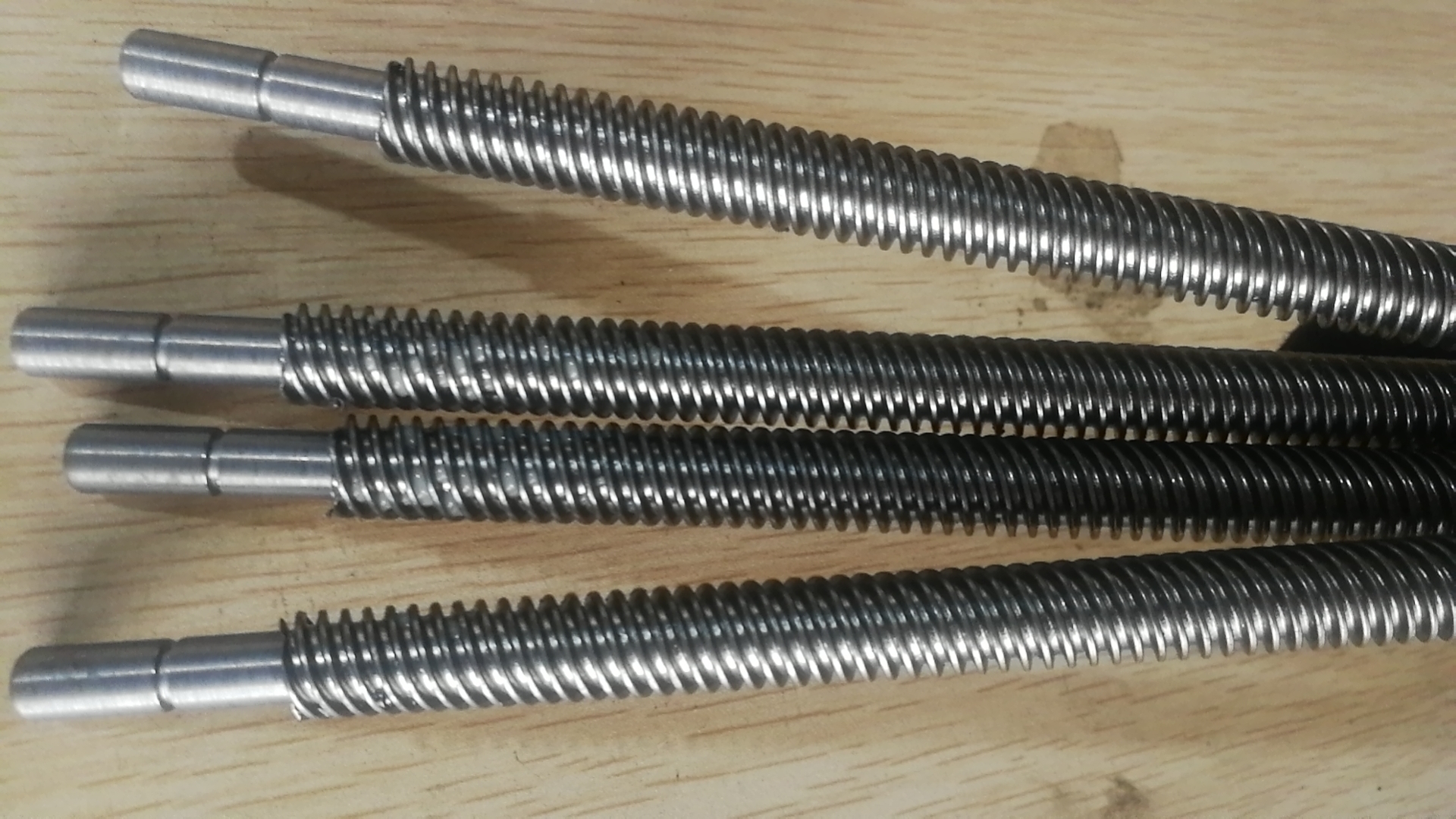
-
 Afrikaans
Afrikaans -
 Albanian
Albanian -
 Amharic
Amharic -
 Arabic
Arabic -
 Armenian
Armenian -
 Azerbaijani
Azerbaijani -
 Basque
Basque -
 Belarusian
Belarusian -
 Bengali
Bengali -
 Bosnian
Bosnian -
 Bulgarian
Bulgarian -
 Catalan
Catalan -
 Cebuano
Cebuano -
 Corsican
Corsican -
 Croatian
Croatian -
 Czech
Czech -
 Danish
Danish -
 Dutch
Dutch -
 English
English -
 Esperanto
Esperanto -
 Estonian
Estonian -
 Finnish
Finnish -
 French
French -
 Frisian
Frisian -
 Galician
Galician -
 Georgian
Georgian -
 German
German -
 Greek
Greek -
 Gujarati
Gujarati -
 Haitian Creole
Haitian Creole -
 hausa
hausa -
 hawaiian
hawaiian -
 Hebrew
Hebrew -
 Hindi
Hindi -
 Miao
Miao -
 Hungarian
Hungarian -
 Icelandic
Icelandic -
 igbo
igbo -
 Indonesian
Indonesian -
 irish
irish -
 Italian
Italian -
 Japanese
Japanese -
 Javanese
Javanese -
 Kannada
Kannada -
 kazakh
kazakh -
 Khmer
Khmer -
 Rwandese
Rwandese -
 Korean
Korean -
 Kurdish
Kurdish -
 Kyrgyz
Kyrgyz -
 Lao
Lao -
 Latin
Latin -
 Latvian
Latvian -
 Lithuanian
Lithuanian -
 Luxembourgish
Luxembourgish -
 Macedonian
Macedonian -
 Malgashi
Malgashi -
 Malay
Malay -
 Malayalam
Malayalam -
 Maltese
Maltese -
 Maori
Maori -
 Marathi
Marathi -
 Mongolian
Mongolian -
 Myanmar
Myanmar -
 Nepali
Nepali -
 Norwegian
Norwegian -
 Norwegian
Norwegian -
 Occitan
Occitan -
 Pashto
Pashto -
 Persian
Persian -
 Polish
Polish -
 Portuguese
Portuguese -
 Punjabi
Punjabi -
 Romanian
Romanian -
 Russian
Russian -
 Samoan
Samoan -
 Scottish Gaelic
Scottish Gaelic -
 Serbian
Serbian -
 Sesotho
Sesotho -
 Shona
Shona -
 Sindhi
Sindhi -
 Sinhala
Sinhala -
 Slovak
Slovak -
 Slovenian
Slovenian -
 Somali
Somali -
 Spanish
Spanish -
 Sundanese
Sundanese -
 Swahili
Swahili -
 Swedish
Swedish -
 Tagalog
Tagalog -
 Tajik
Tajik -
 Tamil
Tamil -
 Tatar
Tatar -
 Telugu
Telugu -
 Thai
Thai -
 Turkish
Turkish -
 Turkmen
Turkmen -
 Ukrainian
Ukrainian -
 Urdu
Urdu -
 Uighur
Uighur -
 Uzbek
Uzbek -
 Vietnamese
Vietnamese -
 Welsh
Welsh -
 Bantu
Bantu -
 Yiddish
Yiddish -
 Yoruba
Yoruba -
 Zulu
Zulu
Understanding HSN Codes for Thread Rolling Machine Products and Their Applications in Industry
Understanding the HSN Code for Thread Rolling Machines
The manufacturing industry has been continuously evolving, and with this evolution comes the need for precise machinery that can meet the demands of modern production processes. One such machine that plays a crucial role in metalworking is the thread rolling machine. As global trade continues to expand, understanding the Harmonized System Nomenclature (HSN) codes for various products becomes increasingly important, especially for businesses involved in import and export.
What is a Thread Rolling Machine?
A thread rolling machine is a type of equipment used to create threads on metal components. Unlike cutting, which removes material, thread rolling works by deforming the material, resulting in stronger and more durable threads. This process is essential in producing screws, bolts, and other fasteners that must withstand significant stresses in various applications.
Importance of HSN Codes
HSN codes are crucial for the classification of goods in international trade. They are used by customs authorities around the world to identify products and determine applicable tariffs, duties, and regulations. Each product is assigned a unique code based on its characteristics and intended use, which helps streamline trade processes and ensure that goods are accurately categorized.
For manufacturers and exporters of thread rolling machines, understanding the corresponding HSN code is fundamental. It facilitates compliance with international trade regulations and helps businesses avoid potential legal issues related to misclassification. Moreover, accurate HSN codes can significantly influence pricing strategies, as certain products may be subject to different tariffs.
The HSN Code for Thread Rolling Machines
The HSN code applicable to thread rolling machines usually falls under the manufacturing machinery category, specifically under chapter 84 of the HSN classification, which covers various types of machines and mechanical appliances. While the exact HSN code may vary from one country to another, it generally includes classifications for machines used for working metal and other materials.
thread rolling machine hsn code products

For example, in many jurisdictions, the HSN code for thread rolling machines is likely to fall under the sub-category of “metalworking machines” or “machinery for working metal”. This classification can encompass various machines, including lathes, milling machines, and grinding machines, alongside thread rolling equipment.
Benefits of Accurate Classification
1. Tariff Benefits Properly classifying thread rolling machines using the correct HSN code can uncover opportunities for reduced duties or preferential treatment under trade agreements.
2. Easier Customs Clearance When the HSN code is accurately reflected in documentation, customs clearance becomes more efficient, reducing delays and potential penalties.
3. Market Insights Understanding HSN classifications allows companies to gather information about market demand for specific types of machinery, helping them adapt their production strategies accordingly.
4. Regulatory Compliance Compliance with international trade regulations is paramount. Correctly identifying HSN codes minimizes the risk of disputes with customs authorities, and ensures adherence to various safety and quality regulations that may apply to the machinery.
Conclusion
In conclusion, as businesses engage in global trade, the significance of understanding the HSN code for thread rolling machines cannot be overstated. These codes not only facilitate trade but also help companies navigate complex regulatory environments, optimize tariff application, and ensure compliance. Manufacturers and exporters must remain informed about applicable HSN codes to maximize their operational efficiencies and enhance competitiveness in the global market. As the industry continues to innovate, staying ahead with knowledge of product classification will be essential for success.
